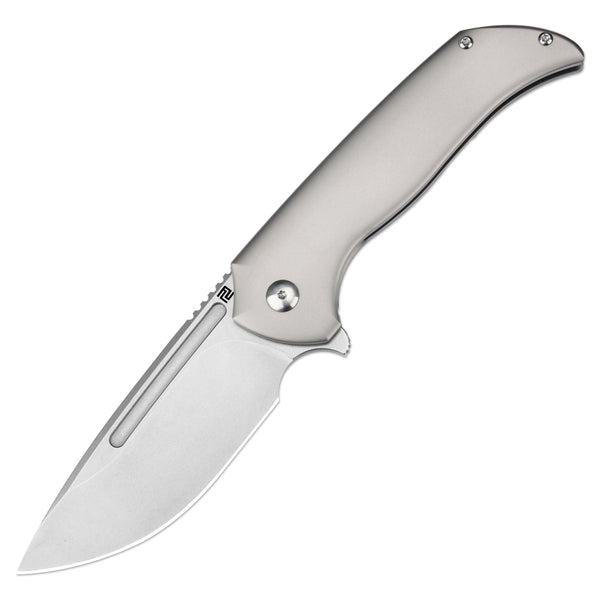When it comes to industrial settings, the choice of tools can significantly impact efficiency, safety, and overall productivity. One such tool that has gained attention in recent years is the Wharncliffe blade. In this article, we will delve into the benefits and drawbacks of using Wharncliffe blades in industrial settings, shedding light on their potential impact on various industries.

Understanding Wharncliffe Blades
Before we explore the benefits and drawbacks of Wharncliffe blades in industrial settings, it's essential to understand what sets them apart. The Wharncliffe blade is characterized by a straight edge that leads to a sharply pointed tip, creating a unique profile that distinguishes it from other blade designs. This design offers precision and control, making it a popular choice for various cutting tasks in industrial environments.
Benefits of Wharncliffe Blades in Industrial Settings
One of the primary advantages of using Wharncliffe blades in industrial settings is their exceptional precision. The straight edge and pointed tip allow for accurate cutting, especially in situations that require clean, straight lines. This precision is particularly valuable in industries such as manufacturing, woodworking, and construction, where accuracy is paramount.
Furthermore, Wharncliffe blades are known for their ease of sharpening. Unlike some other blade designs that can be challenging to maintain, Wharncliffe blades can be sharpened with relative ease, ensuring that they retain their cutting performance over time. This ease of maintenance can lead to cost savings for industrial operations, as it reduces the need for frequent blade replacements.
Drawbacks of Wharncliffe Blades in Industrial Settings
While Wharncliffe blades offer several benefits, they also come with certain drawbacks that industrial users should consider. One potential limitation is the lack of a belly, which refers to the curved portion of the blade found in other designs such as the drop point. This absence of a belly can make tasks that require slicing or skinning more challenging, as the blade's shape is not optimized for such actions.
Another drawback to consider is the reduced versatility of Wharncliffe blades compared to other blade designs. While they excel at certain cutting tasks, they may not be as well-suited for a wide range of applications. Industrial settings that require a single tool to handle diverse cutting requirements may find the specialized nature of Wharncliffe blades to be a limitation.
Maximizing the Potential of Wharncliffe Blades in Industrial Settings
Despite the drawbacks, there are strategies to maximize the potential of Wharncliffe blades in industrial settings. For example, pairing them with complementary tools that compensate for their limitations can help leverage their strengths while addressing their weaknesses. Additionally, providing training to personnel on the optimal use of Wharncliffe blades can enhance their effectiveness and safety in industrial environments.
Furthermore, considering the specific needs of the industrial application is crucial when evaluating the suitability of Wharncliffe blades. By identifying tasks that align with the strengths of these blades, industrial users can capitalize on their precision and ease of maintenance, while mitigating the impact of their limitations.
Conclusion
In conclusion, the use of wharncliffe blades in industrial settings presents both benefits and drawbacks that warrant careful consideration. By understanding their unique characteristics and evaluating their fit within specific industrial applications, organizations can make informed decisions regarding their adoption. Ultimately, the key lies in leveraging the precision and ease of maintenance offered by Wharncliffe blades while addressing their limitations through strategic measures.







